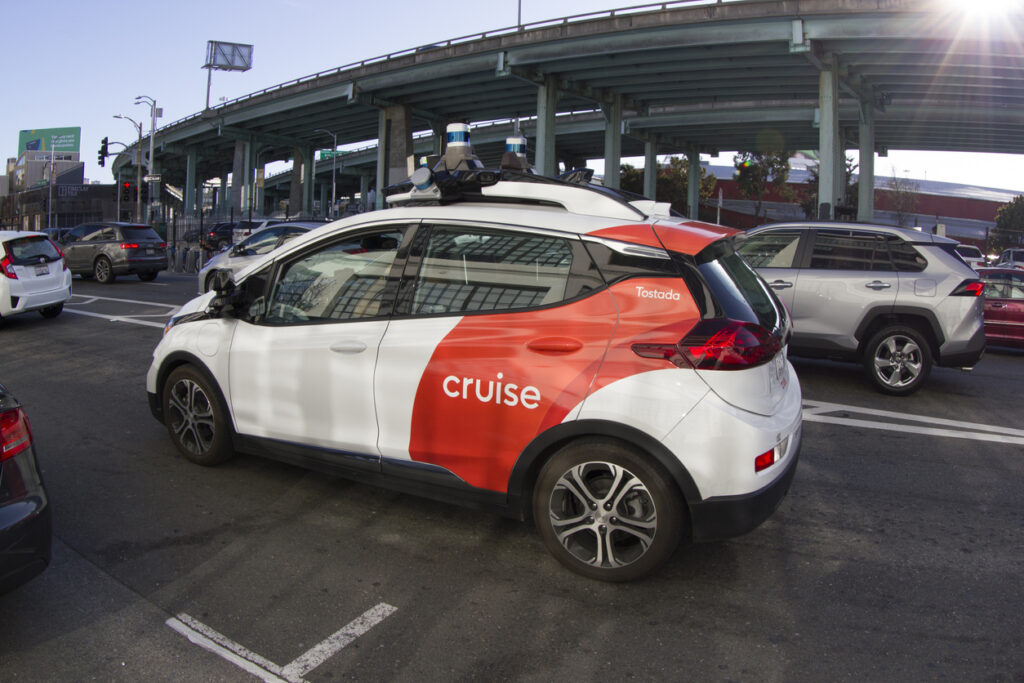
Cruise, an autonomous vehicle company of which General Motors owns 80 percent, announced Thursday the shutdown of its Robotaxi operations in Austin.
“The most important thing for us right now is to take steps to rebuild public trust,” Cruise wrote in a post on Twitter. “Part of this involves taking a hard look inwards and at how we do work at Cruise, even if it means doing things that are uncomfortable or difficult.”
Cruise shut down its autonomous vehicle operations everywhere, including San Francisco and Phoenix.
“In that spirit, we have decided to proactively pause driverless operations across all of our fleets while we examine our processes, systems, and tools and reflect on how we can better operate in a way that will earn public trust,” Cruise posted.
The move comes after the California Department of Motor Vehicles ordered Cruise to halt its operations in the state after an accident with a pedestrian and another vehicle involved a Cruise Robotaxi which dragged the pedestrian forward, according to a story in Reuters.
Axios Austin reported earlier this year that 19 complaints were filed with city officials about Cruise’s Robotaxis. No deaths or injuries were associated with those complaints, which included Cruise cars stopped on the road and Cruise cars being unable to recognize a traffic officer’s hand signals.
At SXSW in March of this year, Mary Barra, GM’s Chair and CEO, spoke in a session on “Self-Driving Cars: From Science Fiction to Scale.” At that time, she said she believed AVs are the future of transportation and an essential part of General Motors’ business.
Shortly after that, Cruise’s robotaxis service started to scale up in the Austin market, which was already testing the vehicles.
Cruise contends that AVs provide increased safety and mobility for those who cannot drive.
At SXSW, Kyle Vogt, Cruise CEO, said that Cruise had built its cars for dense urban areas, forcing them to solve problems such as construction zones, traffic light outages, and road blockages. He said the company had solved most of the technical and scientific risks.
